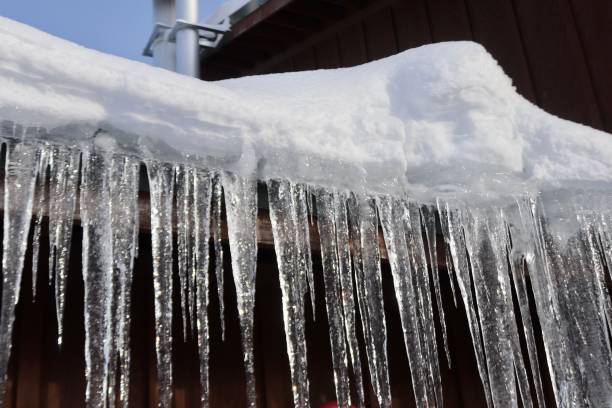Ways to Avoid Frozen Plumbing in Winter: Professional Advice
Ways to Avoid Frozen Plumbing in Winter: Professional Advice
Blog Article
This post down the page relating to Prevent Frozen Pipes is exceedingly compelling. Don't bypass it.

Cold weather can ruin your pipes, specifically by freezing pipes. Right here's exactly how to stop it from happening and what to do if it does.
Introduction
As temperatures drop, the risk of frozen pipes boosts, potentially leading to costly repairs and water damages. Understanding how to prevent frozen pipes is crucial for homeowners in cold climates.
Recognizing Frozen Pipes
What triggers pipes to ice up?
Pipes ice up when subjected to temperatures listed below 32 ° F (0 ° C) for extended durations. As water inside the pipes ices up, it expands, putting pressure on the pipeline walls and potentially creating them to rupture.
Dangers and problems
Frozen pipes can lead to supply of water interruptions, residential or commercial property damages, and pricey repairs. Burst pipes can flooding homes and cause substantial structural damage.
Indications of Frozen Water Lines
Determining icy pipes early can avoid them from bursting.
How to identify frozen pipelines
Seek lowered water circulation from faucets, uncommon smells or noises from pipes, and noticeable frost on subjected pipes.
Avoidance Tips
Protecting susceptible pipelines
Cover pipes in insulation sleeves or make use of heat tape to secure them from freezing temperature levels. Concentrate on pipes in unheated or outside areas of the home.
Home heating strategies
Maintain interior spaces properly warmed, especially locations with pipes. Open up cabinet doors to enable warm air to circulate around pipes under sinks.
Safeguarding Exterior Plumbing
Garden hoses and exterior faucets
Separate and drain garden pipes before winter months. Mount frost-proof faucets or cover outside faucets with insulated caps.
What to Do If Your Pipelines Freeze
Immediate actions to take
If you suspect icy pipelines, maintain taps open to ease pressure as the ice thaws. Make use of a hairdryer or towels soaked in hot water to thaw pipelines gradually.
Long-Term Solutions
Structural changes
Think about rerouting pipes far from exterior wall surfaces or unheated areas. Include additional insulation to attic rooms, basements, and crawl spaces.
Updating insulation
Invest in high-grade insulation for pipes, attics, and wall surfaces. Proper insulation aids keep consistent temperatures and lowers the risk of icy pipes.
Final thought
Protecting against icy pipes needs aggressive procedures and quick responses. By comprehending the causes, indicators, and safety nets, property owners can secure their plumbing throughout cold weather.
5 Ways to Prevent Frozen Pipes
Drain Outdoor Faucets and Disconnect Hoses
First, close the shut-off valve that controls the flow of water in the pipe to your outdoor faucet. Then, head outside to disconnect and drain your hose and open the outdoor faucet to allow the water to completely drain out of the line. Turn off the faucet when done. Finally, head back to the shut-off valve and drain the remaining water inside the pipe into a bucket or container. Additionally, if you have a home irrigation system, you should consider hiring an expert to clear the system of water each year.
Insulate Pipes
One of the best and most cost-effective methods for preventing frozen water pipes is to wrap your pipes with insulation. This is especially important for areas in your home that aren’t exposed to heat, such as an attic. We suggest using foam sleeves, which can typically be found at your local hardware store.
Keep Heat Running at 65
Your pipes are located inside your walls, and the temperature there is much colder than the rest of the house. To prevent your pipes from freezing, The Insurance Information Institute suggests that you keep your home heated to at least 65 degrees, even when traveling. You may want to invest in smart devices that can keep an eye on the temperature in your home while you’re away.
Leave Water Dripping
Moving water — even a small trickle — can prevent ice from forming inside your pipes. When freezing temps are imminent, start a drip of water from all faucets that serve exposed pipes. Leaving a few faucets running will also help relieve pressure inside the pipes and help prevent a rupture if the water inside freezes.
Open Cupboard Doors
Warm your kitchen and bathroom pipes by opening cupboards and vanities. You should also leave your interior doors ajar to help warm air circulate evenly throughout your home.

Hopefully you enjoyed our article about Preventing and dealing with frozen pipes. Thanks for taking the time to read through our content. You should take the opportunity to share this post if you enjoyed it. Thanks for your time spent reading it.
Call Today Report this page